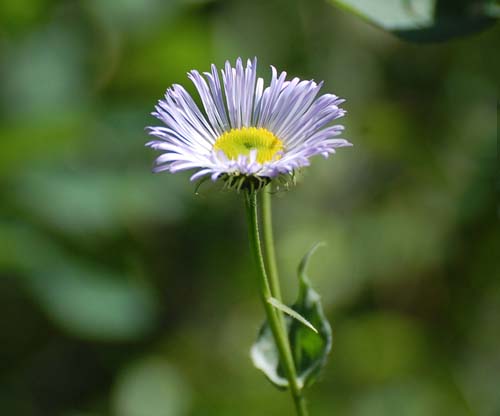Several
times during the day, the campers and their leaders gather at the amphitheater for
events.
While
the attention of most of the people is focused on proceedings and announcements…
Our camp mascot, Poe the Raven, has other things in mind.
This
evening he found an open Dutch oven filled with foil-covered baked
potatoes.
He
knows that shiny stuff means chow. He
wasted no time separating the food from the foil.
He’s
a big, big bird and these spuds were just beak size.
Over
a period of ten or fifteen minutes he appropriated several potatoes…
...and
stashed them for later.
As
the evening progressed all the groups had skits to perform.
On the other side of camp, Poe
found a table with several loaves of fresh bread, also wrapped in foil.
These
campers had been late getting their meal prepared and had left it to be eaten
after they attended the evening campfire.
Poe
knew he’d hit the jackpot.
He
proceeded to rip and fling foil as fast as he could.
Warm
garlic bread is on the evening menu for the raven family.
He
flew off with as much as he could carry.
And
came back a few more times…
For
extra helpings.
When
the campers came back to finish their meal they found this.
Ravens
are much smarter than Goldilocks. They don’t
fall asleep in the bears’ bed. They
grab and go.
The
next morning while DH and I were cleaning the pool we saw the ravens were back
with their youngsters.
All the campers had gathered for breakfast.
While
the girls were feasting on pancakes, eggs and watermelon,..
…and
the robins were eating worms…
Poe
was teaching his family how to raid camp sites.
The
kids were paying close attention.
Another
generation of ravens was learning survival skills.
“Someday,
Son, this will all be yours.”






































